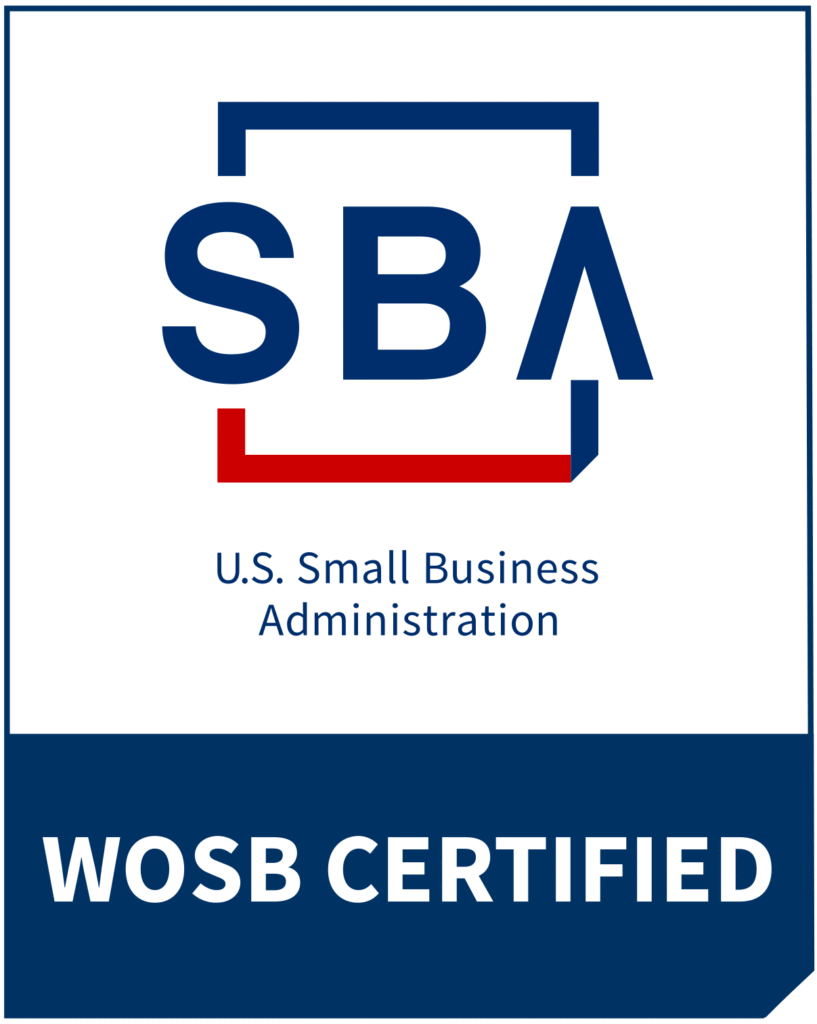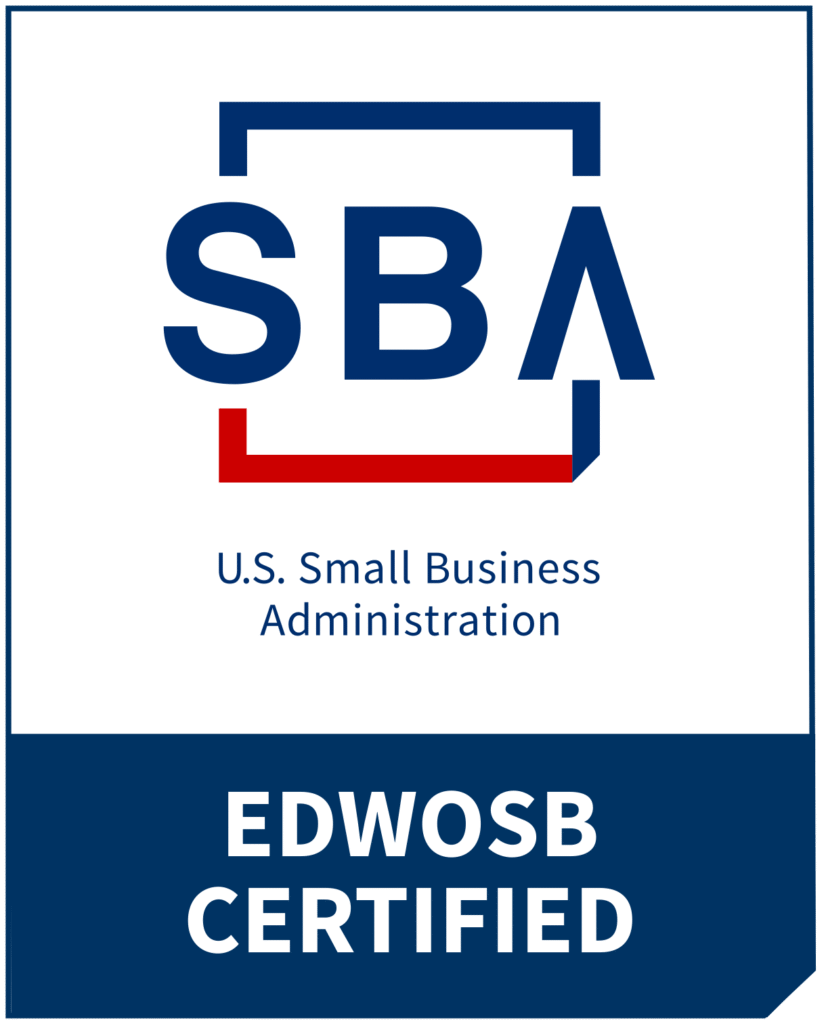Snail Products




Snails for Western Health Care From Antiquity to the Present
The snail, a fascinating creature, has been utilized in medicine since ancient times, with various formulations developed over the centuries. This historical report traces the understanding of their properties from the time of Hippocrates, who proposed the use of snail mucus against protoccle. Pliny believed that snails could expedite the healing process and serve as a “sovereign remedy” for pain related to burns, abscesses, and other wounds. Galien recommended snails for treating hydrops foetails. In the 18th century, snail “preparations” were recommended for external use to address dermatological disorders and internally for symptoms associated with tuberculosis and nephritis. Surprisingly, the 19th century saw a resurgence of interest in the pharmaceutical and medical use of snails, leading to numerous indications for snail preparations. This interest continued beyond the 19th century, as indicated by the 1945 edition of Dorvault, which devoted an entire paragraph to snails and their therapeutic usage. More recently, the FDA has also shown an interest in snails. Ziconotide (SNXIII), a synthetic peptide derived from snail venom, has been under FDA review since 1999. Promising pre-clinical and clinical studies of this new drug have been conducted.
Current Concerns: Snails Enter the Present, Yielding More Possibilities and a New Drug now Under Testing by the FDA
 Current research and concerns surrounding snails have opened up new possibilities in medicine, with a particular focus on a new drug currently undergoing testing by the FDA. In 1999, Pons et al. discovered that the broncho-relaxant effect of helicidine, derived from snails, was associated with the release of E2 prostaglandins. Further studies are needed to determine the cellular origin of this relaxant prostanoïd within the pulmonary tract. Additionally, scientists have shown interest in a lectin called Helix pomatia agglutinin (HPA) found in snails, which serves as a prognostic indicator for certain cancers like breast, stomach, and colon cancers. The fixation of HPA on histological preparations of these tissues is associated with a poor prognosis, indicating its link to cancer metastasis.
Current research and concerns surrounding snails have opened up new possibilities in medicine, with a particular focus on a new drug currently undergoing testing by the FDA. In 1999, Pons et al. discovered that the broncho-relaxant effect of helicidine, derived from snails, was associated with the release of E2 prostaglandins. Further studies are needed to determine the cellular origin of this relaxant prostanoïd within the pulmonary tract. Additionally, scientists have shown interest in a lectin called Helix pomatia agglutinin (HPA) found in snails, which serves as a prognostic indicator for certain cancers like breast, stomach, and colon cancers. The fixation of HPA on histological preparations of these tissues is associated with a poor prognosis, indicating its link to cancer metastasis.
Moreover, investigations into the dietary habits of populations that consume snails have revealed lower rates of cardiovascular disease-related deaths. For example, a study comparing Crete and the USA found that the consumption of snails by the Cretan population was associated with significantly fewer cardiovascular disease-related deaths, potentially due to the presence of α-linolenic acid found in the snails. α-linolenic acid has shown a protective effect against cardiovascular diseases by preventing ventricular fibrillation and reducing platelet aggregation. The FDA has also taken an interest in snails, particularly in the 1980s when American researchers evaluated neurotoxins derived from sea snails, leading to the development of ziconotide (SNXIII). This synthetic peptide, derived from snail venom, has been undergoing FDA review since 1999 and has demonstrated a powerful anesthetic effect, significantly reducing pain intensity during clinical trials. Other neurotoxins, such as conotoxin TVIIA and contryphan-Vn, have also been extracted from sea snail venom and show potential for further medical exploration.
